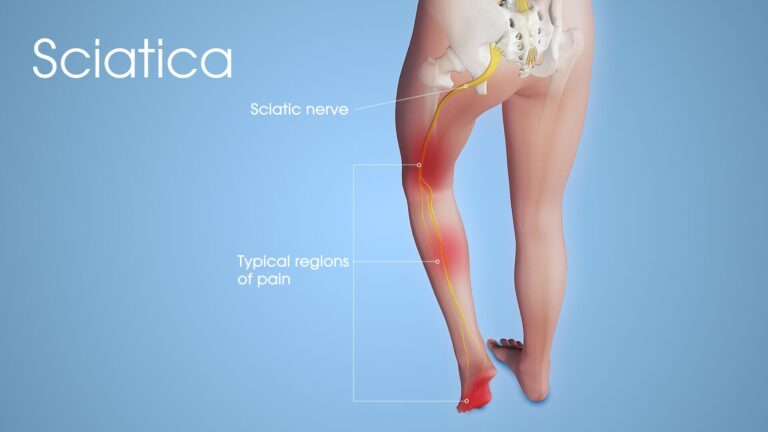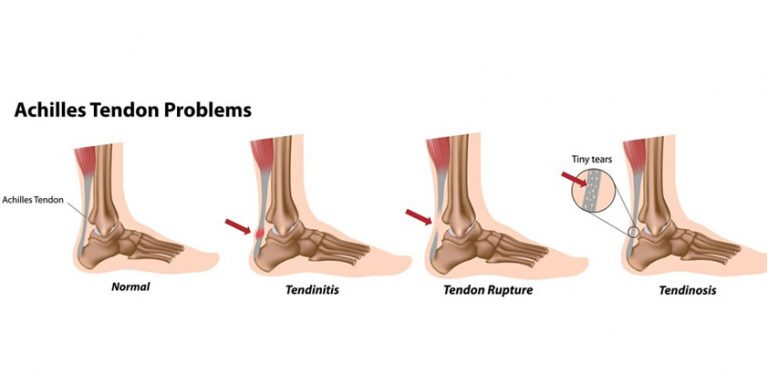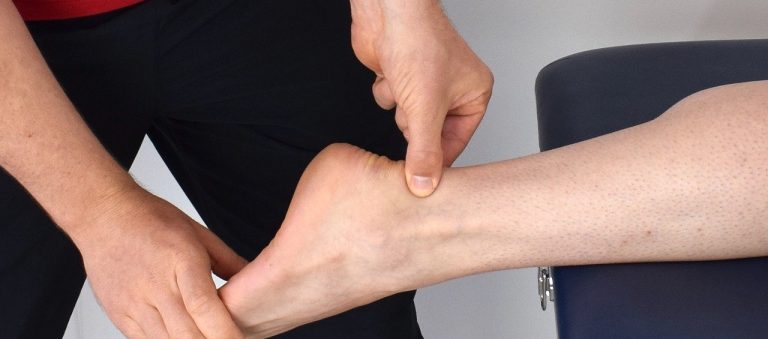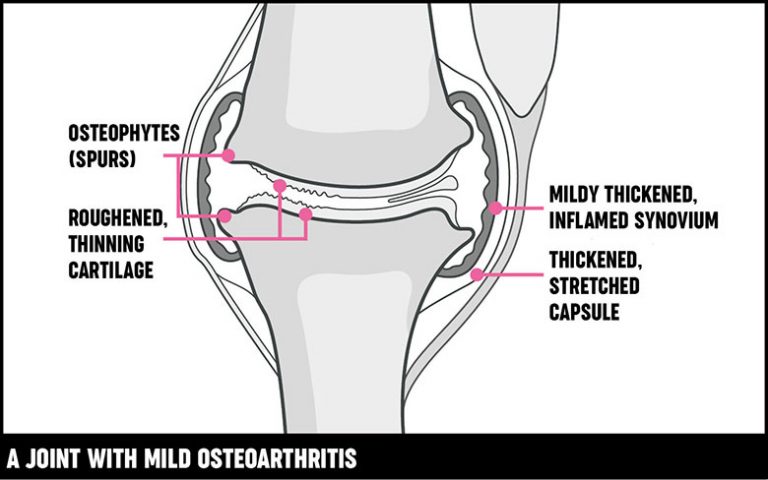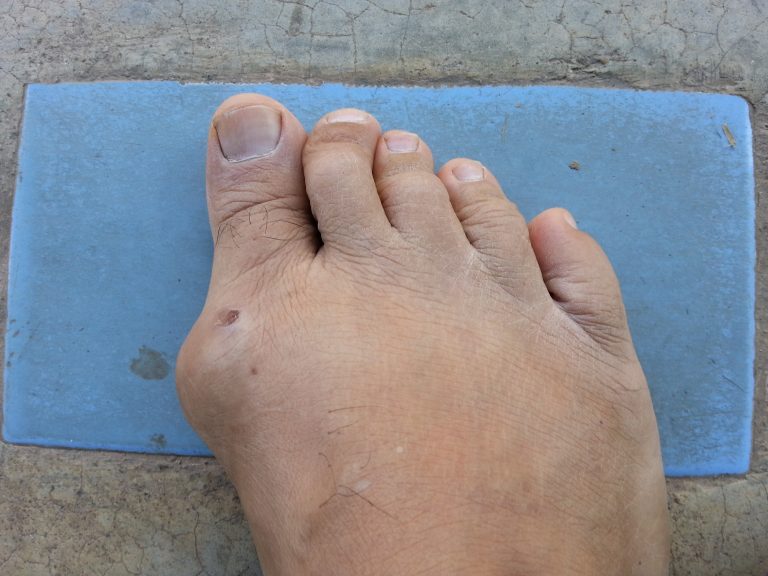Could it be causing lower back and neck pain?
Spinal stenosis is a narrowing of the spaces within your spine, which can put pressure on the nerves that travel through the spine. Spinal stenosis occurs most often in the lower back and the neck. Spinal stenosis is usually the result of osteoarthritis, which can cause a pinching of the spinal cord or nerve roots. Anyone over the age of 50 is at risk.
Types of spinal stenosis
Spinal stenosis are classified according to where on the spine the condition occurs. It’s possible to have more than one type. The two main types of spinal stenosis are:
1. Cervical Stenosis/Cervical Myelopathy
Cervical (neck) spinal stenosis refers to a narrowing of the spinal canal to a degree where the spinal cord or nerve roots may be affected. In this condition, the narrowing occurs in the part of the spine in your neck. Spinal stenosis may occur throughout the spine but is more dangerous in the neck due to the presence of the spinal cord.
Myelopathy describes any neurologic symptoms related to the spinal cord and is a serious condition. It occurs from spinal stenosis that causes pressure on the spinal cord. If untreated, this can lead to significant and permanent nerve damage including paralysis and death.
2. Lumbar stenosis
In this condition, the narrowing occurs in the part of the spine in your lower back, compressing the nerves traveling through the lower back into the legs . It’s the most common form of spinal stenosis. Degenerative changes of the spine are seen in up to 95% of people by the age of 50.
Narrowing of the spinal canal usually occurs slowly, over many years or decades. The disks become less spongy with aging, resulting in loss of disk height, and may cause bulging of the hardened disk into the spinal canal. Bone spurs may also occur and ligaments may thicken. https://www.aans.org/en/Patients/Neurosurgical-Conditions-and-Treatments/Lumbar-Spinal-Stenosis
Range of Spinal Stenosis Signs and Symptoms
Spinal stenosis can greatly vary from person to person. Signs and symptoms may include one or more of the following:
-Pain. The pain might be dull and confined to the neck or lower back, or it could be an electric-like pain that radiates into the arm(s) or leg(s). The pain can vary over time, possibly flaring up during certain activities. Sometimes the pain is more of a pins-and-needles tingling sensation.
-Numbness. Reduced sensation or total numbness may occur in the arm, leg, and/or other areas of the body. You may experience difficulty to use your arms and hands or to know where you are placing your feet as you walk. You may notice handwriting changes, walk differently and have difficulty maintaining your balance. You may drop items, have trouble fastening your jewelry or texting and typing.
-Weakness. Reduced strength or problems with coordination may be experienced in the arm, leg, and/or other parts of the body. Severe compression of the spinal cord or cauda equina (nerve roots running below the spinal cord) could result in bowel and/or bladder dysfunction.
–Pain radiating into one or both thighs and legs, similar to the lay term “sciatica”
–In rare cases, loss of motor functioning of the legs, loss of normal bowel or bladder function
–Symptoms may affect your gait and balance, dexterity and grip strength.
You should get medical attention immediately if you notice these changes.
Common Causes
Spinal stenosis is typically caused by one or more of the following factors:
-Spinal osteoarthritis. When the smooth cartilage covering the facet joints (which connect the backs of adjacent vertebrae) start to break down, bones begin to rub against each other and may lead to the formation of abnormal bone growth, called osteophytes or bone spurs. The resulting inflammation and osteophyte formation can contribute to narrowing of the foramina. (A similar process is responsible for osteoarthritis leading to enlargement of knuckles in the hand.)
-Degenerative disc disease. When discs lose hydration and start to flatten, the intervertebral foramina also start to narrow. A disc bulge can also start to push into the spinal canal. Disc degeneration can also put more pressure on the facet joints and accelerate their degeneration as well.
-Ligament thickening or buckling. Ligaments in the spinal canal can ossify (thicken and turn into bony tissue) and encroach upon the spinal cord or nearby spinal nerves. Some ligaments may also become more susceptible to buckling into the spinal canal as spinal degeneration progresses.
-Herniated disks. The soft cushions that act as shock absorbers between your vertebrae tend to dry out with age. Cracks in a disk’s exterior may allow some of the soft inner material to escape and press on the spinal cord or nerves.
-Tumors. Abnormal growths can form inside the spinal cord, within the membranes that cover the spinal cord or in the space between the spinal cord and vertebrae. These are uncommon and identifiable on spine imaging with an MRI or CT.
-Spinal injuries. Car accidents and other trauma can cause dislocations or fractures of one or more vertebrae. Displaced bone from a spinal fracture may damage the contents of the spinal canal. Swelling of nearby tissue immediately after back surgery also can put pressure on the spinal cord or nerves. https://www.hopkinsmedicine.org/health/conditions-and-diseases
Other conditions or circumstances can cause spinal stenosis:
–Narrow spinal canal
–Certain bone diseases
–Past surgery of the spine
–Rheumatoid arthritis
Risk factors
The risk of developing spinal stenosis increases if:
–You were born with a narrow spinal canal
–You are female
–You are 50 years old or older
–You’ve had a previous injury or surgery of the spine
Lifestyle and home remedies
While some people may experience progressive worsening of symptoms, others may find that their symptoms are alleviated by physical therapy, medication, short period of rest, or other non surgical treatments.
You’ll have regular follow-up appointments with your doctor to monitor your condition. He or she may suggest that you incorporate several home treatments into your life, including:
-Trying pain relievers. Over-the-counter medications such as aspirin, ibuprofen that can help reduce pain and inflammation.
-Applying hot or cold packs.Some symptoms of cervical spinal stenosis may be relieved by applying heat or ice to your neck.
-Maintaining a healthy weight. Aim to keep a healthy weight. If you’re overweight or obese, your doctor may recommend that you lose weight. Losing excess weight can reduce pain by taking some stress off the back, particularly the lumbar portion of the spine.
-Exercising. Flexing, stretching and strengthening exercises may help open up the spine. Talk with a physical therapist or your doctor about what exercises are safe to do at home.
-Using a cane or walker. In addition to providing stability, these assistive devices can help relieve pain by allowing you to bend forward while walking
Food supplements that actually help
1. Collagen peptides with Magnesium
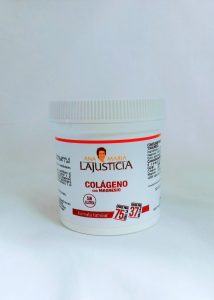
Our discs and cartilage, that allow free movement in te joints, are mainly composed of collagen. Our bodies repair them naturally but as we age, we produce les and less collagen. This in turn leads to degeneration of these cartilages as well as the above outlined symptoms.
By taking a collagen supplement, you boost you body’s ability to go on with the repair process as it should. Gradually, the joints revert to their healthy state. Most people start noticing a change within the first month of taking our 2in 1 Collagen peptides with Magnesium supplement. Magnesium enhances the absorption of collagen in our bodies.
2. Turmeric Curcumin with Black Pepper
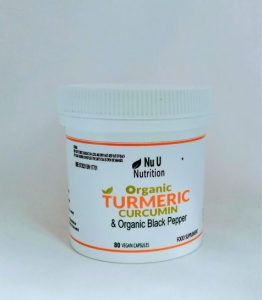
Turmeric and black pepper are well known spices. But did you know that they are a powerful anti inflammatory remedy? The active ingredient in Turmeric, curcumin, has been used for its anti inflammatory properties for ages. Bioperine in black pepper is also an anti inflammatory, making this combination( Turmeric Curcumin with Black Pepper)- The ultimate anti-inflammatory
These are natural occuring substances with much less side effects than the over the counter drugs. Kindly visit our Shop top get yours now!

Knowledge is power. We believe in helping prospective buyers make an informed decision before purchase. We also invest time on researching quality supplements with a proven record that will show results to my esteemed clients.
